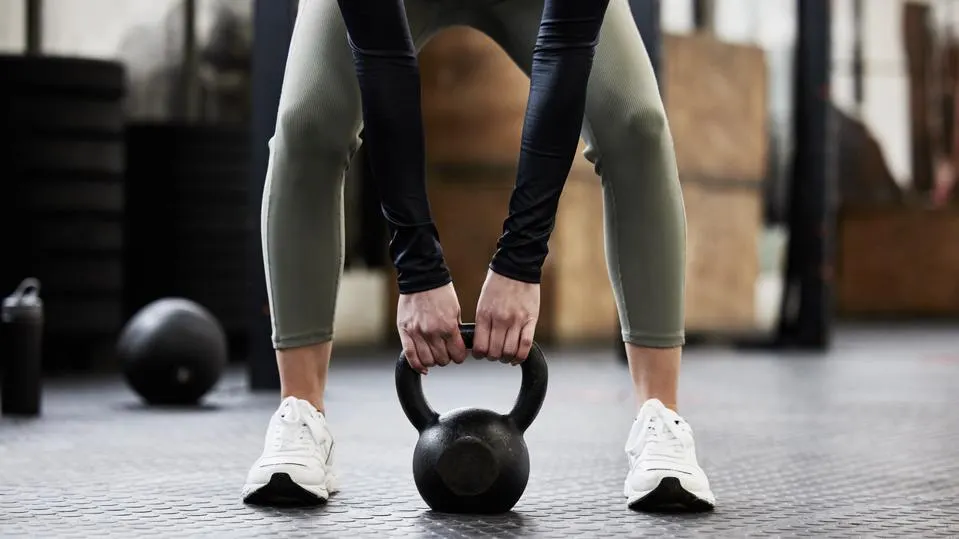Beginners Guide to HIIT Workouts – Maximizing Fat Burning and Fitness
3 min read
Beginners can start with a 1:2 work:rest ratio – 30 seconds of high intensity activity followed by 60 seconds of rest. For example, a bodyweight jumping lunge or jump squat circuit.
This beginner HIIT workout combines the cardio-centric yin of HIIT with the strength-building yang of bodyweight exercises. Be sure to listen to your body and adjust the intensity as needed.
1. Cardio
To the uninitiated, HIIT can look intimidating. The huffing, puffing and blink-and-you’ll-miss-it intervals may seem too taxing to even attempt. However, HIIT workouts can produce the same benefits of other exercise in a shorter amount of time and they also help you burn more calories than normal resting heart rates, including after-burn (Excess Post-Exercise Oxygen Consumption).
If you are a beginner, start out with a low-intensity HIIT routine and gradually increase your intensity. Your goal should be to work at a level that brings your heart rate up to 85 to 95 percent of its maximum, but not so high that it becomes uncomfortable.
To begin, try adding intervals to your regular walking or strength training routine. Alternate a one-minute cardio burst with a minute of strength exercises, such as lunges or pushups. Do this for a total of four rounds.
2. Strength
A great way to get more strength into your workouts is by incorporating more resistance exercises. You can do this by adding more weight or increasing your reps and sets.
Strength training also helps you build muscle and burn more calories. It can also improve your balance and flexibility.
When you’re a beginner, it’s important to stick to just a few HIIT sessions per week and to include rest days or stretch-focused activity in between. This will allow your body to recover from the intense exercise and prevent injury or over-training.
Another reason to include HIIT is the extra calorie burn post-workout, called excess post-exercise oxygen consumption (EPOC). This happens during the two-hour window after your workout and can increase your metabolic rate by up to 15% more than normal. This is especially true if you perform a high-intensity workout, like the one below.
3. Flexibility
High-intensity interval training (HIIT) is a type of exercise that involves performing short bursts of intense activity followed by short periods of rest. It is a great way to build muscle and endurance without spending a lot of time at the gym.
While HIIT can be performed by people of all fitness levels, beginners should start out with lower intensity workouts and increase them over time. Beginners can also use bodyweight exercises to perform HIIT workouts at home, which can be much more convenient than heading to the gym.
However, it is important to remember that HIIT workouts can be tiring and may require recovery time. If you are doing HIIT on a daily basis, you will need to take days off in order to recover properly. Also, be mindful of your food intake and be careful not to overeat following a HIIT workout. This is a common mistake for beginners that can lead to weight gain.
4. Endurance
Endurance is the ability to sustain a given amount of work or activity for a prolonged period of time. It’s a critical component of HIIT workouts as it enables you to complete the entire session without feeling too exhausted or having to stop.
You can build endurance with bodyweight exercises or by using a combination of equipment like a treadmill, stationary bike, weights or a set of resistance bands. It’s also important to ensure that you’re properly warming up, cooling down and getting adequate rest between HIIT workouts.
The beauty of HIIT is that it can be done by people with a variety of fitness levels and physical conditions. The key is to push yourself at a level close to your maximum heart rate. For most people, this is 80% of their max capacity. This is why a heart rate monitor can be a helpful tool when doing HIIT workouts. It’s easy to see if you’re not pushing yourself enough.







